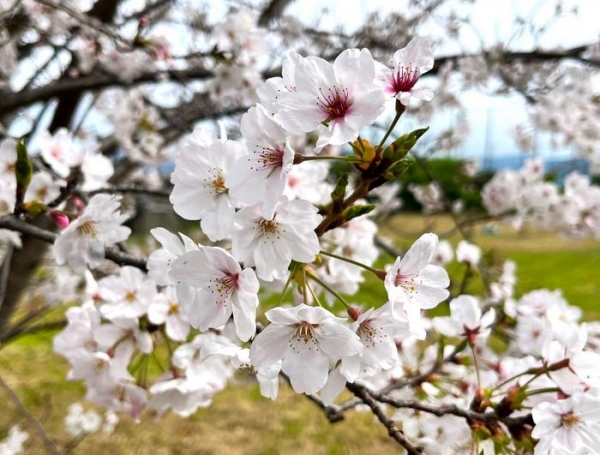Climate change is impacting when Japan’s iconic cherry blossoms flower.
Climate change is impacting when Japan’s iconic cherry blossoms flower. A new gene-based model could provide more accurate predictions.
Japan in spring is famous for its cherry blossoms, or sakura, which begin flowering in the southern region of Kyushu and blaze upwards to the remote north of Hokkaido. The most abundant cherry tree cultivar, Somei Yoshino, is the iconic symbol of spring, as the cloned trees flower simultaneously at each site, creating a fleeting explosion of white-pink blossom that enraptures locals and tourists alike. The flowering forecasts of Somei Yoshino are poured over for months before flowering, as visitors plan their trips and locals organize festivals and celebrations. However, due to climate change, the flowering times of these cherry trees are shifting and becoming harder to predict.
Now, researchers from Kyushu University and the Forestry and Forest Products Research Institute have developed a model that uses gene activity to predict when Somei Yoshino cherry tree buds awake from dormancy. Their findings, published September 19 in the journal Plants, People, Planet, could not only help improve the accuracy of flowering forecasts, but also highlight the potential of climate change to threaten flowering in Japan’s southern region.
Before cherry trees can flower, the buds must pass through two dormancy phases, endodormancy and ecodormancy. A period of sufficiently cool temperatures over winter is needed to break endodormancy, while transitioning out of ecodormancy requires an input of heat in spring.
Read more at Kyushu University
Image: Cherry blossoms of Somei Yoshino at Ito Campus, Kyushu University (Credit: Atsuko Miyawaki-Kuwakado, Kyushu University)




